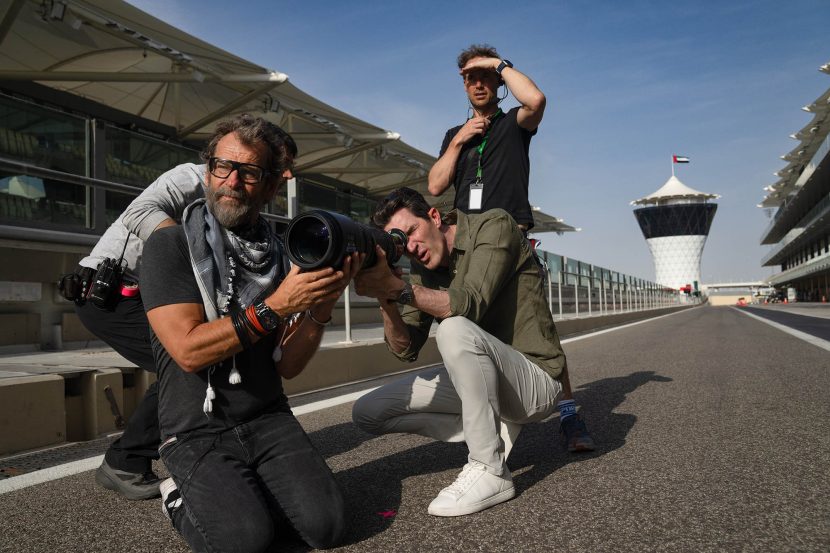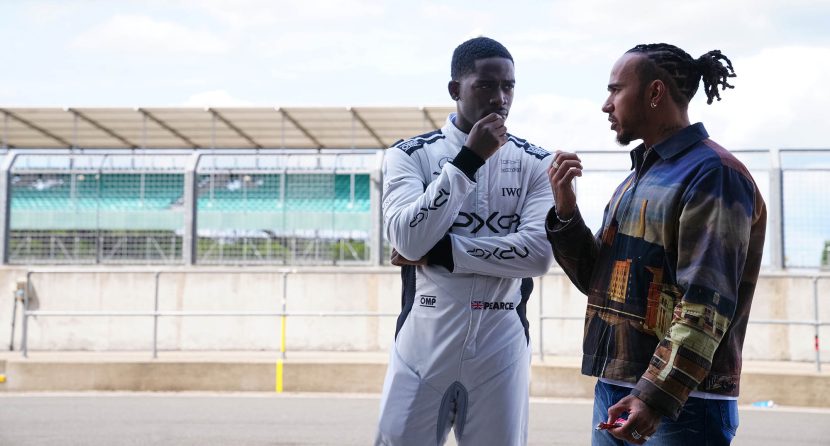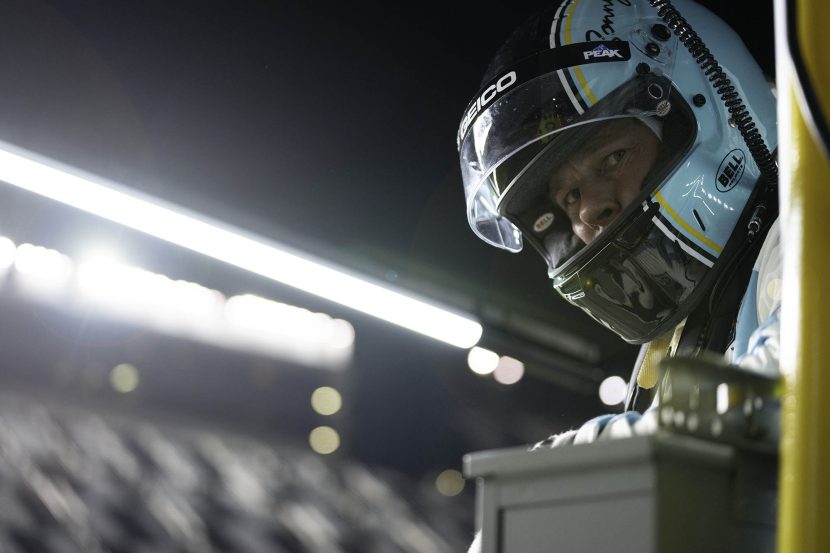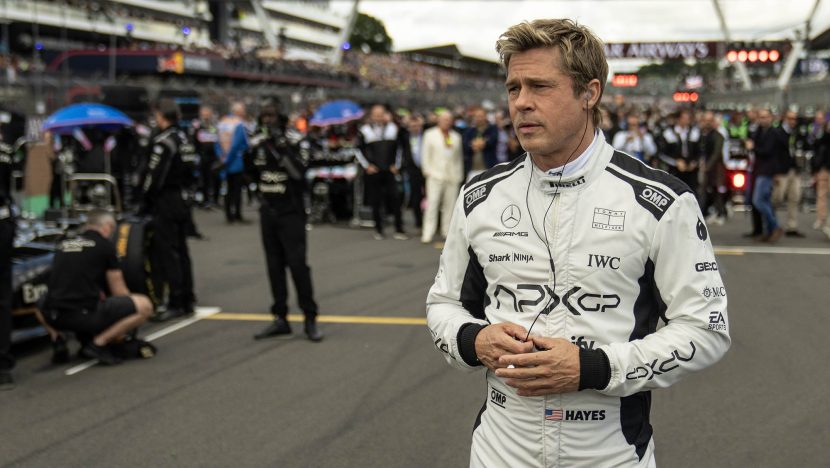After their celebrated collaboration on Top Gun: Maverick, director Joseph Kosinski and Production VFX Supervisor Ryan Tudhope have once again raised the bar with the high-octane F1: The Movie. For Tudhope, the film’s visual effects were never meant to dazzle in isolation; they were designed as a seamless storytelling tool. “The best VFX,” Tudhope notes, “are the ones you don’t even notice.”
In this fxpodcast, we dive deep into Tudhope’s philosophy, unpacking how he and his team at Framestore, alongside ILM, crafted over 2,500 visual effects shots that feel utterly authentic. From collaborating with real F1 teams to capturing broadcast-style footage with production camera crews, the team embraced a documentary-like foundation. “We wanted the audience to feel like they were in the driver’s seat,” Tudhope says. This meant leaning on genuine race-day camera feeds, meticulously reskinning real cars into Apex GP’s fictional team, and leveraging LiDAR scans and Unreal previs to plan every shot.
Building realism from the ground up
A key challenge was balancing the look of live F1 broadcasts with the cinematic expectations of a feature film. Working with cinematographer Claudio Miranda, Tudhope’s team engineered custom camera rigs on modified F2 chassis, using matchimation and digital doubles to ensure the fictional Apex GP car fit seamlessly into real-world race footage. From vibration testing to motion blur adjustments, every detail was tuned to avoid breaking the illusion. As Tudhope explains in the FXPodcast: “Our mantra was always: capture as much as possible in camera, then enhance invisibly.”

Rain, crashes, and digital track rebuilds
Monza’s rain-soaked sequence exemplifies this hybrid approach. Unable to film safely on a wet track, the team shot dry plates, digitally added water spray, and reconstructed parts of the Silverstone circuit to match Monza’s iconic corners. Real drivers, including Lewis Hamilton (who also served as a producer), provided invaluable feedback—such as scaling back the volume of water spray to ensure physical accuracy and helping to authenticate the sound of the engine gear changes. “It’s all about authenticity,” Tudhope says, “because the fans know these tracks and these cars inside out.”

Invisible but essential
The film’s VFX work extended well beyond the racetrack. Framestore developed full 3D crowd systems, restored sponsor signage, and even handled subtle face replacements, such as inserting Brad Pitt’s reflection into a Daytona race car’s rear-view mirror. Meanwhile, ILM’s contributions brought the gritty world of endurance racing at Daytona to life, complete with oil splatters, VHS-era flashbacks, and digital augmentation that never calls attention to itself.
Ultimately, Tudhope sees this film as a testament to collaboration: between VFX artists, stunt teams, editors, and the F1 community itself. “We weren’t trying to make visual effects the star,” he says. “The goal was always to support the story, to honor the sport, and to make audiences believe they were right there on the track”


